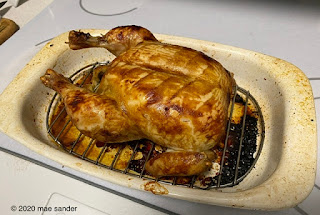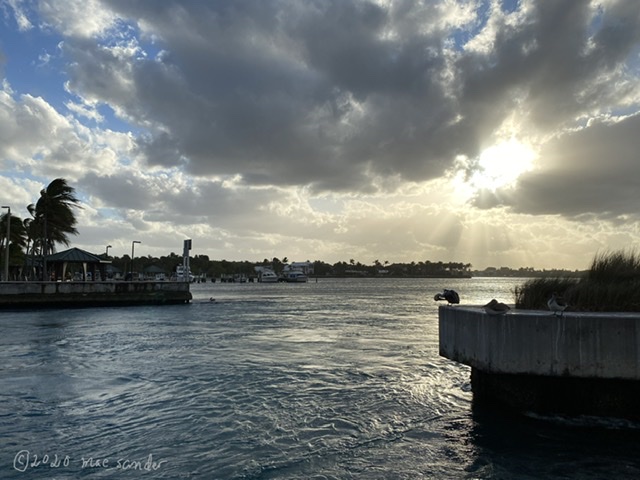Personal narratives about the experience of slavery in America and in the Caribbean region were an important influence in the anti-slavery movement of the 18th and 19th century. Fictional treatment of the slaves' experiences also began in the fairly early days of slavery and stories of slavery remain a frequent theme in popular literature today.
 |
The Life of Olaudah Equiano,
Dover edition, originally published 1999 |
The Life of Olaudah Equiano
A very early slave narrative is
The interesting narrative of the life of Olaudah Equiano, or Gustavus Vassa, the African, published 1814. It's tough reading the repeated acts of cruelty and inhumanity that the enslaved author experienced and witnessed, but there's a lot of very interesting material in this book.
Olaudah's childhood in Africa was very vividly described, although he was kidnapped into slavery at a very early age. He always speaks of his village in Africa as "we," indicating that he retained a strong sense of his identity. I enjoyed this description:
"Our manner of living is entirely plain; for as yet the natives are unacquainted with those refinements in cookery which debauch the taste. Bullocks, goats, and poultry, supply the greatest part of their food. These constitute likewise the principal wealth of the country, and the chief articles of its commerce. The flesh is usually stewed in a pan; to make it savory we sometimes use also pepper, and other spices, and we have salt made of wood ashes. Our vegetables are mostly plantains, eadas, yams, beans, and Indian corn. The head of the family usually eats alone; his wives and slaves have also their separate tables. Before we taste food we always wash our hands: indeed our cleanliness on all occasions is extreme; but on this it is an indispensable ceremony." (pp. 12-13).
After the author's kidnapping and enslavement, he describes the various places where he lived as a slave in Africa, and then his agony during his time on the slave ship where he experienced the infamous middle passage from Africa. His next life was that of a slave in one of the British islands of the Caribbean. The starvation, the filth, the large number of deaths, and the insane abuse of the human cargo of these ships is haunting, and I have been horrified whenever I have read about it.
Violent and unjust laws that allowed any black man to be impressed into slavery were normal in the Americas at that time, and the author often was nearly a victim of these laws even after he had purchased his freedom from his original owner. In the islands, especially, the law always took the oath of a white man in preference to that of a black man, which meant that free blacks were often treated with great contempt, for example, the refusal to pay their wages after they had completed an agreed on job. The Quakers of Philadelphia were an exception, and were already opposed to slavery and unjust treatment before these were widely held views.
Olaudah worked at several jobs, especially as a skilled sailor, both before and after he was freed from slavery. He traveled to many places and met people from many cultures. I especially liked his description of the feasts of Caribbean Indian tribes -- how they made alcoholic liquor from pineapples, how they roasted alligator meat, and more. Shipwrecks, visits to exotic places, and descriptions of a great variety of work keep the narrative interesting. For example:
"When we had dispatched our business at Cadiz, we went to Gibraltar, and from thence to Malaga, a very pleasant and rich city, where there is one of the finest cathedrals I had ever seen. It had been above fifty years in building, as I had heard, though it was not then quite finished; great part of the inside, however, was completed and highly decorated with the richest marble columns, and many superb paintings; it was lighted occasionally by an amazing number of wax tapers of different sizes, some of which were as thick as a man’s thigh; these, however, were only used on some of their grand festivals. I was very much shocked at the custom of bullbaiting, and other diversions which prevailed here on Sunday evenings, to the great scandal of Christianity and morals." (p. 152)
Details of Olaudah's conversion and how he experienced the Christian faith no doubt made this book more attractive to the audience of his time. Besides his spiritual experiences, he often mentions his dreams, especially his frequent prophetic dreams that prefigure disasters such as shipwrecks and betrayals.
The narrative concludes with the hope that the British government will soon abolish slavery -- the issue was under debate as he wrote. Olaudah Equiano died in 1797, and in fact the abolition law was not passed until 1833.
 |
| Washington Black, published 2018 |
Washington Black
A recent and popular book about the life of a slave in the early 19th century is
Washington Black by Esi Edugyan. This is a much more exciting narrative, as you would expect from fiction!
The title character of this novel is born into slavery on a Caribbean island. He has a complex relationship with his master and his master's family. After being taught to read and write and calculate, showing a great deal of intelligence, Washington Black dramatically escapes from his master's plantation in a hot-air balloon, which was a rare piece of early 19th century technology. He has many adventures in the USA and Canada, and eventually England. This novel is fast-paced and not at all polemical as are the actual slave narratives that I've read. I can see why it's so popular today!
Other Books about Slavery
From my past reading: histories, memoirs, and historical fictions that emphasize slavery, slave narratives, and the role of African blacks in American history:
- Frederick Douglass's Autobiography
- Barracoon: The Story of the Last "Black Cargo" by Zora Neale Hurston
- Out of the House of Bondage by Thavolia Glymph
- The President's Kitchen Cabinet: The Story of the African Americans Who Have Fed our First Families by Adrian Miller
- A Revolution in Eating: How the Quest for Food Shaped America by James McWilliams
- The History of White People by Nell Irvin Painter
- The Last Runaway, a novel by Tracy Chevalier
This blog post copyright © 2020 mae sander for maefood dot blogspot dot com.






















































